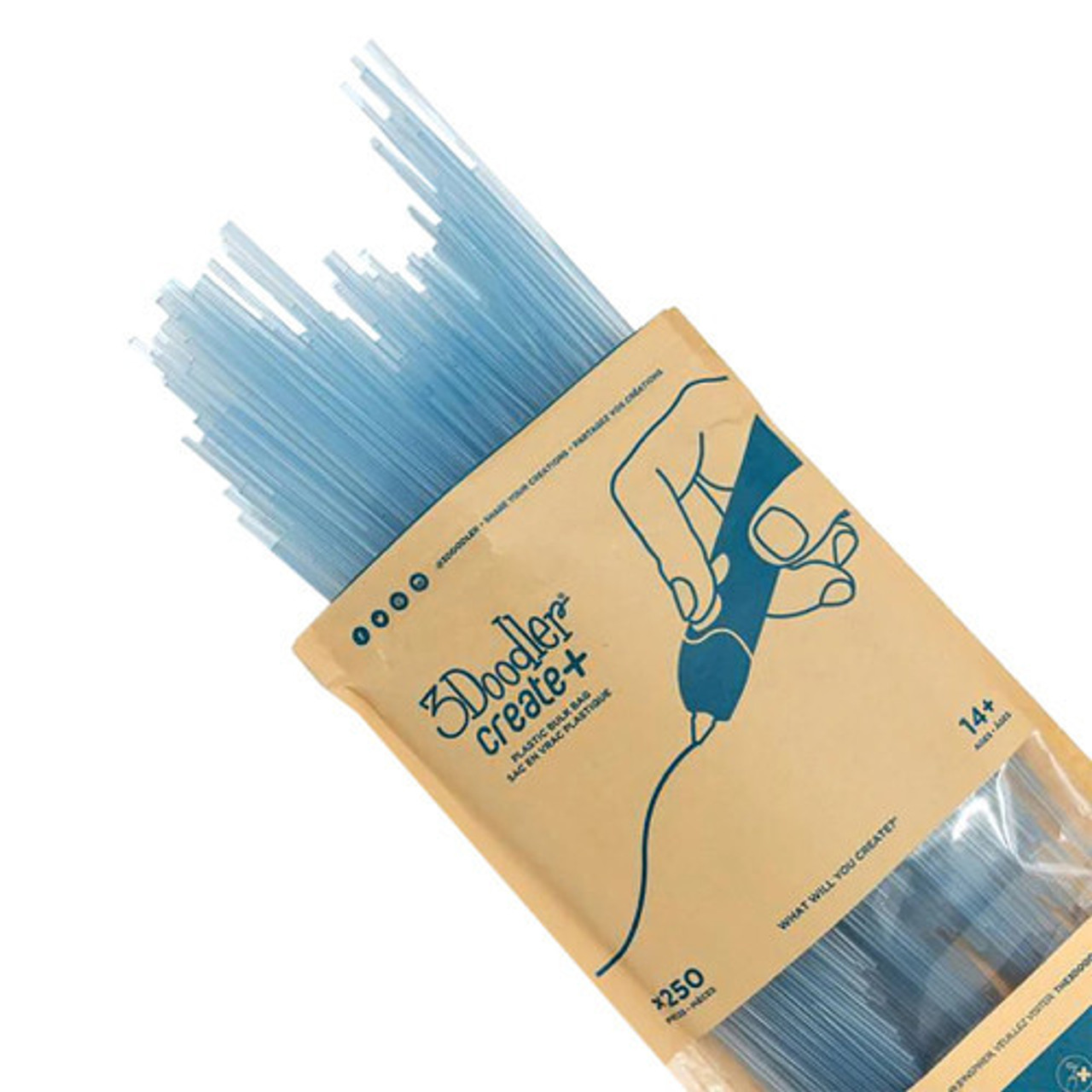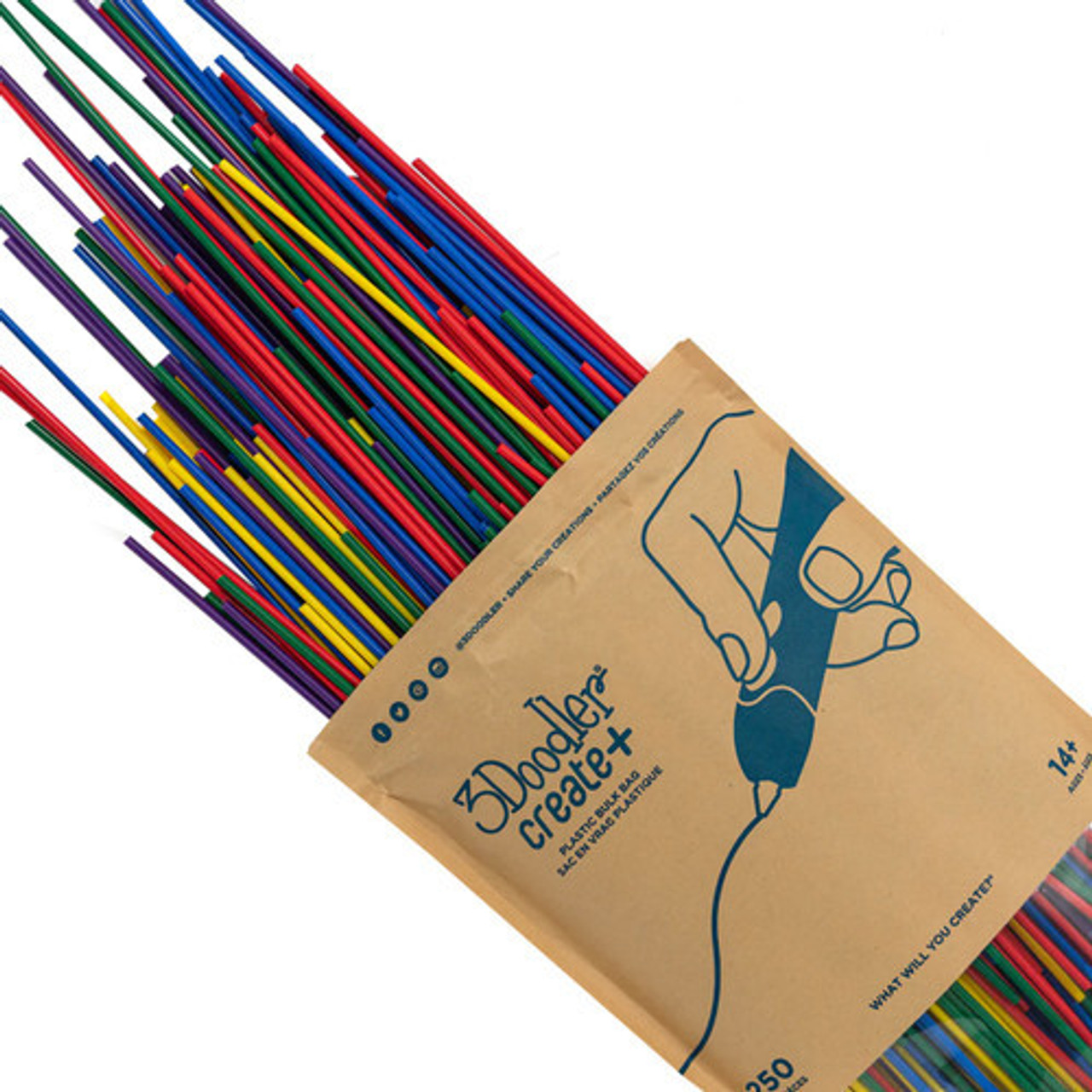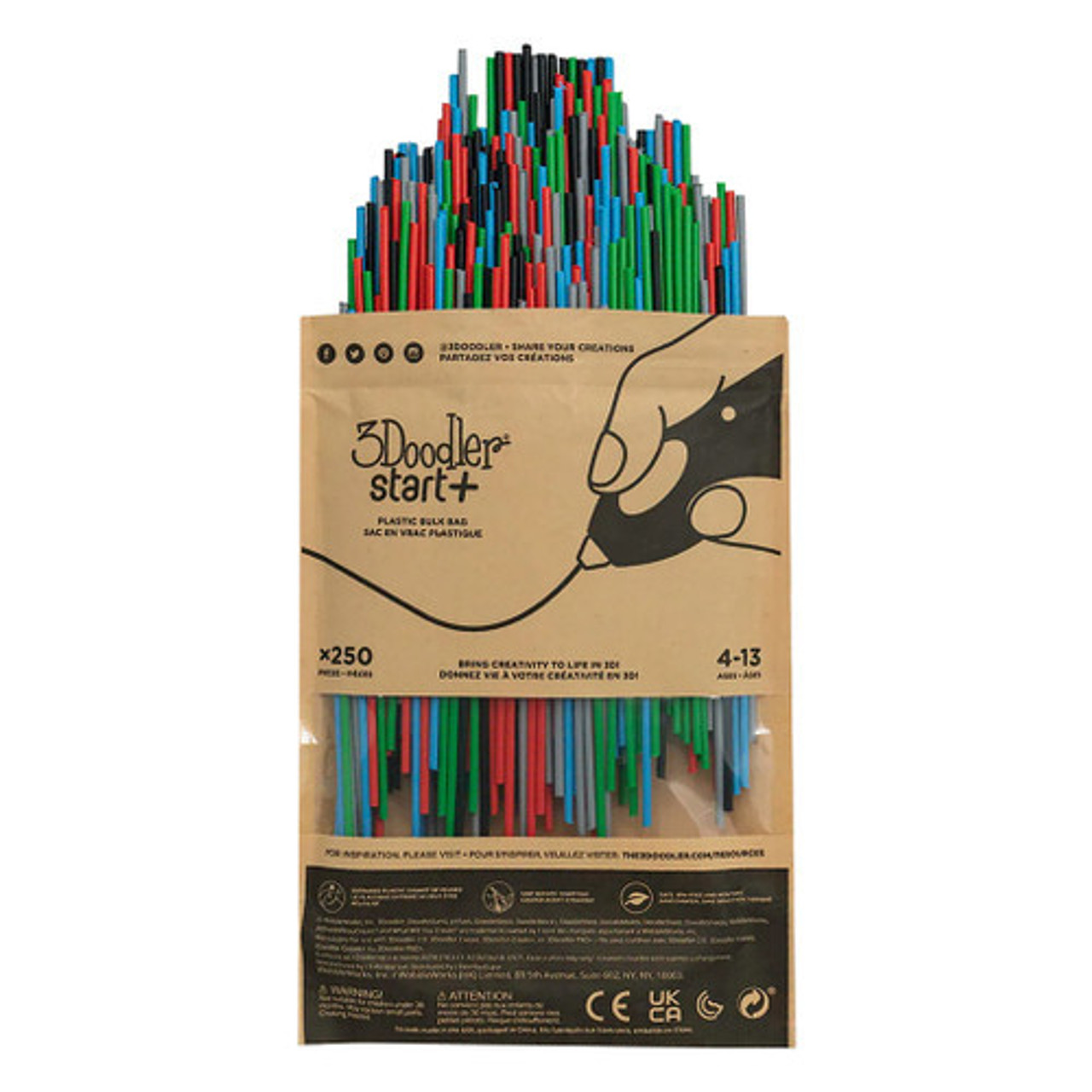There are many factors to consider when choosing 3D filament to purchase. To help narrow down your choices, this guide explains more about each of them.
Brand Name
Some brands will have a proprietary design so only their filament is compatible with their devices. Other brands will have a universal filament requirement, so you can purchase whichever works best for you. If you are just starting a 3D printing program at your school, pay attention to the filament needs of your chosen device for refill purchases. Here are some of the top 3D printing brands we sell.
Afinia - Since 2009, Afinia has been offering high-quality 3D printers at an affordable price with superior customer service. “[They] now have an excellent reputation among the education, engineering, and hobbyist markets for [their] reliable, accurate, and easy-to-use 3D printers and 3D scanners.”
Dremel - For over 90 years, Dremel has been inspiring their customers to turn dreams into reality. Designed for the DIYers, their mission is to “[build] intuitive products and an ecosystem of versatile solutions that are trusted, ingenious and of persistent quality.” The Dremel DigiLab is their entry into the 3D printing industry.
MakerBot - Founded in 2009, MakerBot “believes there's an innovator in everyone”. They were among the first to develop high-quality, low-cost 3D printers and premiered this technology at CES in 2010. In 2014 they introduced the first Wi-Fi connected desktop 3D printer and are proud to “run the largest 3D design community in the world.”
Toner - With over 30 years of expertise in plastics manufacturing technology, Toner works with industry-leading manufacturers and suppliers to produce filament at higher capacities while maintaining quality and customization. “[Their] filament is made with high-quality materials and includes various options in sizes, colors, diameters, and material types.”
Type of Plastic
There are several types of plastic used for 3D printing filament, though these two are the most popular.
ABS (acrylonitrile butadiene styrene) is a popular choice for injection molding. It’s often used for toys, electronics housing, automotive parts, and household appliances. Although light and durable, it is also tough and impact-resistant. However, it’s harder to print with, meaning higher temperatures are required for effective outcomes, which means it may not be suitable for younger users. It also tends to produce stronger odors during production, making a high-quality fume extractor a vital purchase.
PLA (polylactic acid) comes from renewable resources such as cornstarch and sugarcane, and it’s biodegradable which makes it one of the most popular filaments in 3D printing. This cost-efficient plastic provides high-quality components with smooth surface finishes. It’s easy to use and stiffer than other materials, though it struggles with high temperatures and significant stress.




